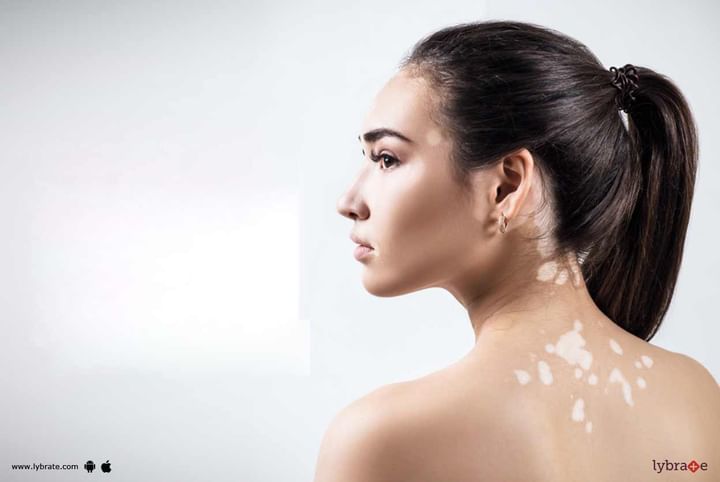Vitiligo - Its Causes, Symptoms And Treatments!
Vitiligo is a condition in which white patches appear on the skin. It can affect any part of the body. It can affect the inside of the mouth and the hair as well. It happens when the skin cells (melanocytes) that make or produce pigment (colour) of the skin die or stop functioning. This disease is not contagious or life-threatening, it cannot be caught from another person having vitiligo. All types of skin can be affected by vitiligo but it may be more evident in people with darker skin. It develops between the ages 10 to 30 and it often appears before the age of 40.
Causes
The main cause of this disorder is still not clear, why the cells die or fail. For some reason, the colour or pigment-forming cells called melanocytes dies. However, these are the following reasons that can cause this problem:
-
An autoimmune disorder, where the defences of the body turn on their own cells instead of attacking the germs that destroyed the melanocytes
-
A trigger or stressful events such as exposure to industrial chemicals, stress, or sunburn
-
Family history (heredity)
-
A neural cause
-
A virus
-
A genetic oxidative stress imbalance
Symptoms
The one and only symptom of this condition is the appearance of white patches or flat white spots on the skin. Those white patches are irregular in shape. They may stay the same for a while but may get bigger with time on different parts of the body. It generally affects body folds such as armpits, around body openings, or around moles. It can also affect hair and eyelids. It does not cause any irritation, dryness, discomfort, or soreness in the skin.
Treatment
There is no known way to cure or prevent the condition but the appearance of the affected skin can be improved with corticosteroid creams and cosmetics. The doctor can recommend melanocyte transplant surgery which includes a new needling micro-grafting technique. The surgery includes a split-thickness skin graft that is taken from the normal area. Later, it is cut into very small pieces in diameter ranging from 0.1 mm-0.3 mm. The local anesthesia is given to the recipient area to implant the micro-grafts into the dermis by using the needling technique. This new method of treating this condition delivers satisfactory and rapid pigmentation.
Takeaway
Vitiligo is a disorder in which flat white spots or patches appear and can affect any area of the body. It happens when the melanocytes die or stop functioning. The condition can be managed by cosmetics, corticosteroid creams, therapies, and surgeries. Out of all these methods, melanocyte transplant surgery is a new and effective technique to manage this disease. However, it is always advisable to consult a doctor before opting for any of these methods.



+1.svg)
